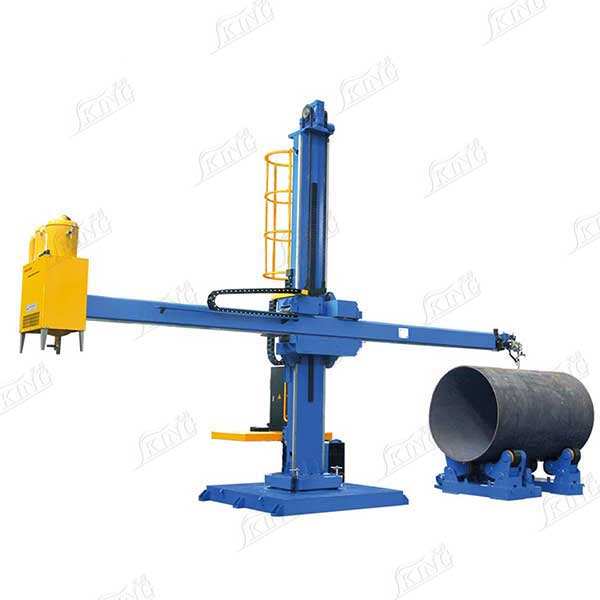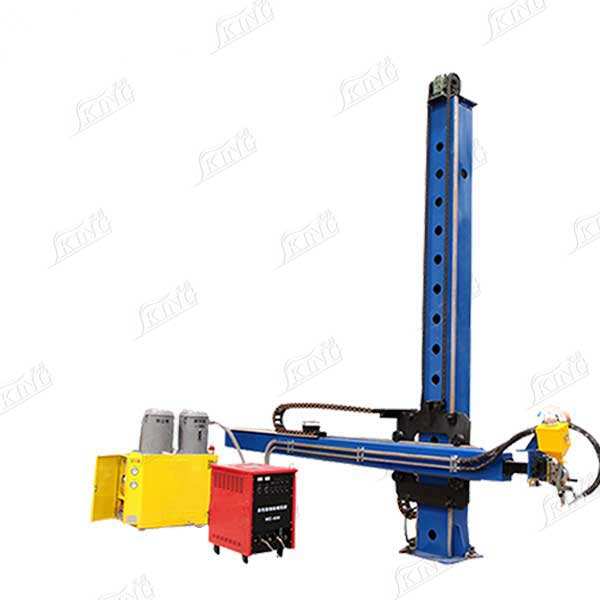cost of column welding machines
Column welding machines represent a significant investment in manufacturing technology, with costs varying based on specifications and capabilities. These machines typically range from $15,000 to $150,000, depending on size, automation level, and additional features. Entry-level manual systems start at the lower end, while fully automated solutions with advanced controls command premium prices. The cost structure includes essential components such as the welding power source, column and boom system, control panel, and welding head manipulator. Additional factors affecting price include workspace coverage area, maximum load capacity, and precision control systems. Modern column welding machines incorporate features like digital interfaces, programmable welding parameters, and safety systems. These machines find applications in various industries, from heavy equipment manufacturing to structural steel fabrication. The investment consideration should account for long-term value, including productivity gains, reduced labor costs, and improved weld quality. Many manufacturers offer financing options and modular systems that allow for gradual upgrades as needs evolve.


